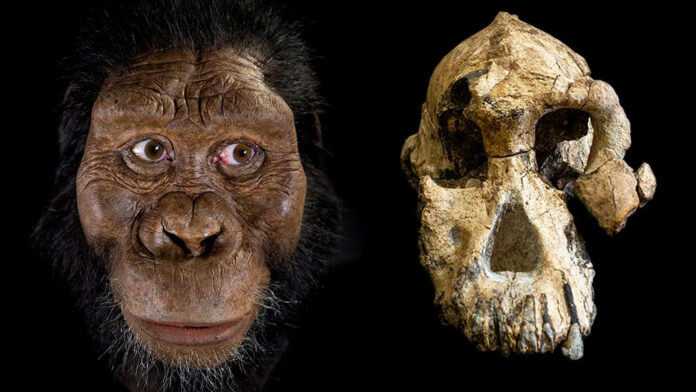A Groundbreaking Discovery in Ethiopia
In 2016, after 15 years of painstaking research, the Woranso-Mille Paleoanthropological Research Project in Ethiopia’s Afar Regional State made a remarkable discovery. What began as the unearthing of an upper jaw culminated in the recovery of a complete skull, now known as MRD, belonging to Australopithecus anamensis.
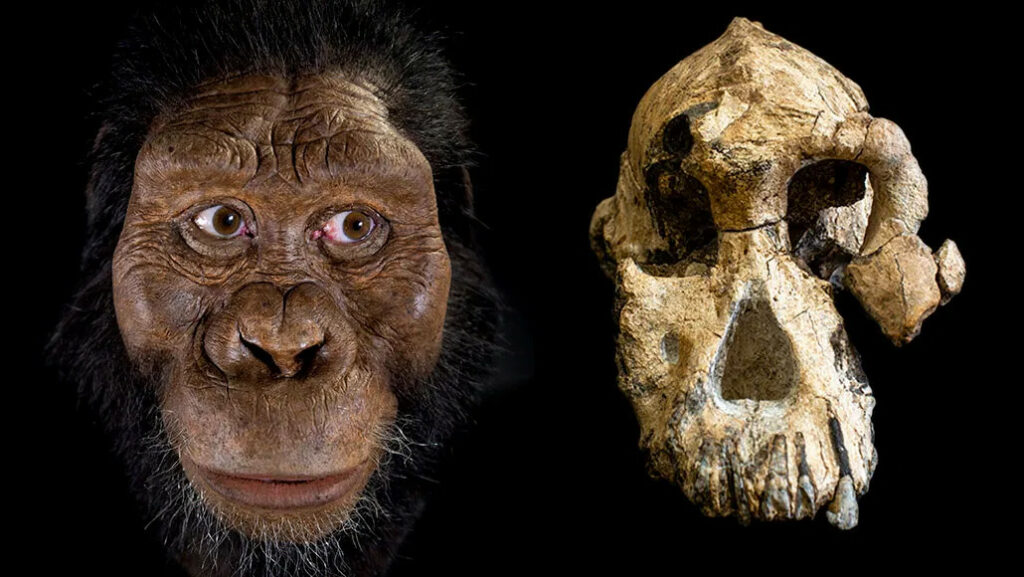
Meet MRD: Our 3.8-Million-Year-Old Ancestor
A Window into Our Evolutionary Past
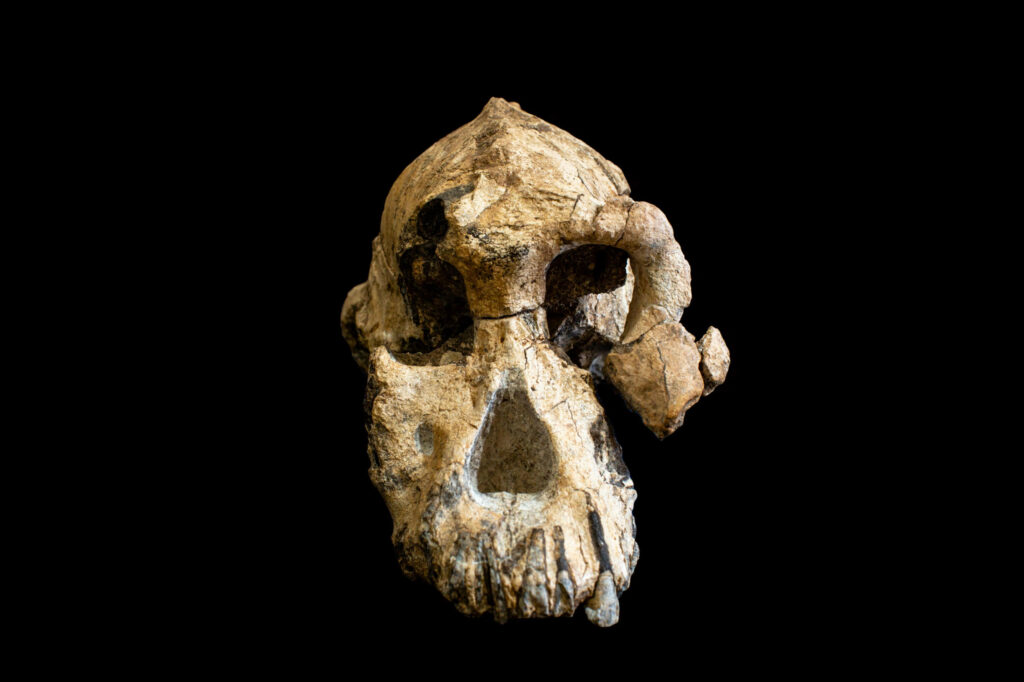
The MRD skull, dated between 3.9 and 4.2 million years old, offers unprecedented insights into Australopithecus anamensis, the likely predecessor of the famous Lucy skeleton (Australopithecus afarensis). This discovery challenges the linear view of human evolution, suggesting a period of coexistence between these two species.
A Blend of Ancient and Modern
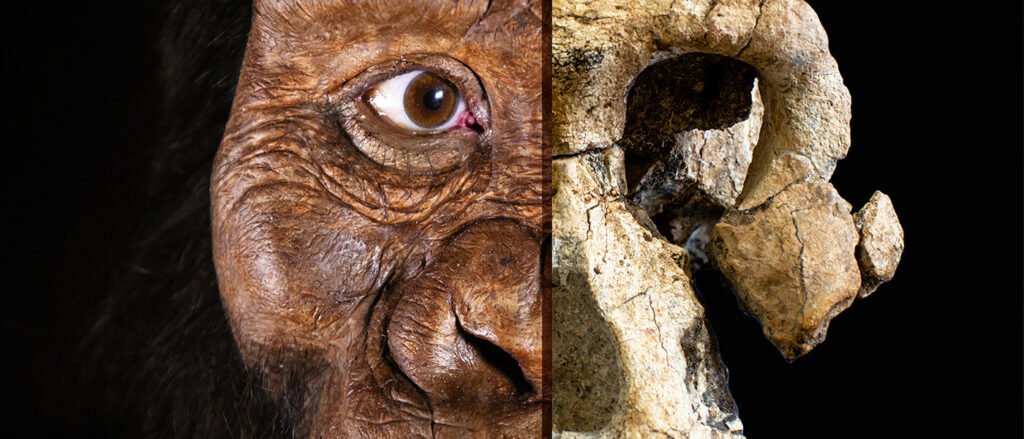
MRD, identified as male, showcases a fascinating mix of primitive and advanced features. Its protruding face and prominent cheekbones reflect an early hominin diet, while subtle changes hint at the eventual emergence of more human-like facial structures.
Bridging the Evolutionary Gap
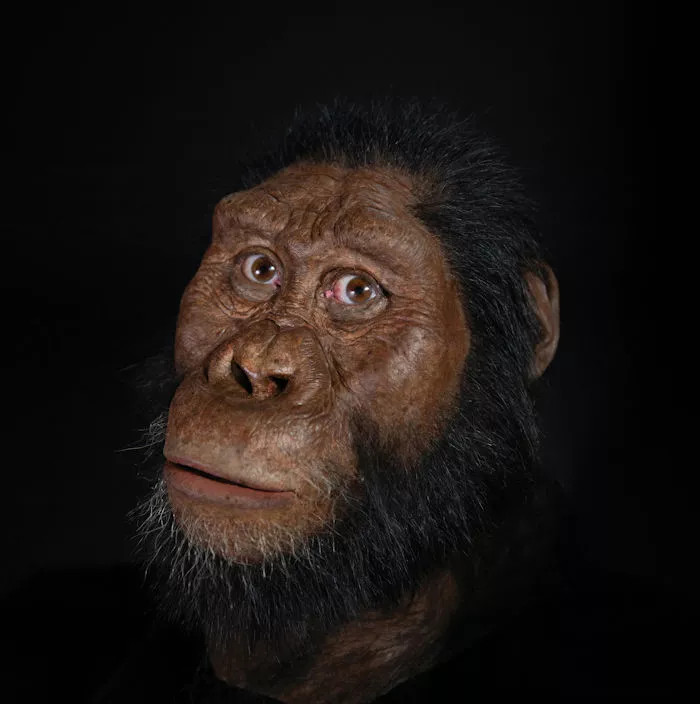
This skull is a crucial piece in the puzzle of human evolution, helping to connect our earliest ancestors from six million years ago to more recent species like Lucy. It provides valuable insights into the morphological changes that occurred during this pivotal period in human prehistory.
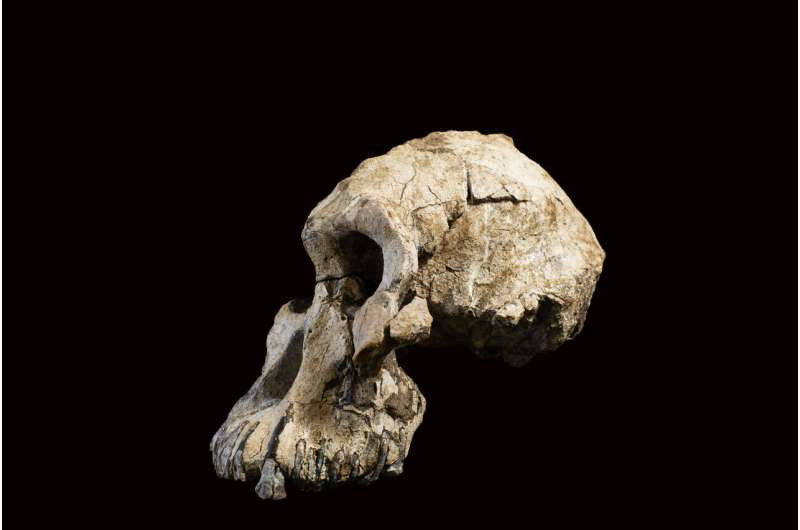
The discovery of the MRD skull has revolutionized our understanding of human evolution. By offering a glimpse into the face of our possible forebears, it challenges existing theories and opens new avenues for research into the complex story of human origins.
